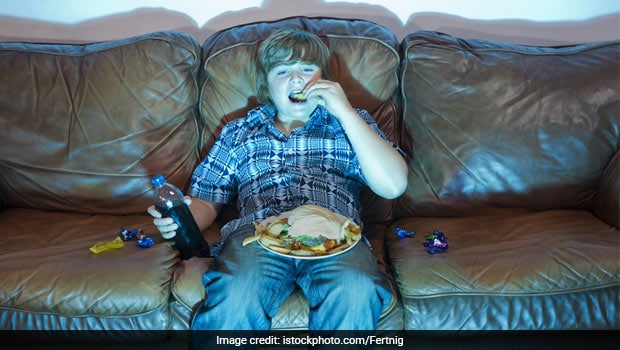Unhealthy eating habits and lack of physical exercises can lead to a number of health problems. In today's times, sedentary lifestyle is at its peak and is a major cause of concern, especially when it comes to children. At their age, they should be leading a physically active lifestyle and obtaining proper nutrition for their development. However, obesity and malnutrition among kids is rising at an alarming rate, which puts them in the danger of developing health issues as serious as heart attack. As per the data released by the World Health Organization (WHO), the number of overweight or obese children increased from 32 million globally in 1990 to 41 million in 2016. Statistics also reveal that maximum deaths (around 17.9 million) in a year are caused due to cardiovascular diseases (CVD) and around 3.2 million deaths are caused due to lack of physical exercises.
This makes it all the more important to take care of children's nutrition right from the start. A recent study presented at the Brazilian Congress of Cardiology in Porto Alegre suggests that encouraging physical activity and improving diet may cut the risk of heart attacks in kids.
(Also Read: 10 Healthy Foods for Kids)
Lead author Karine Turke stated, "Atherosclerosis - clogged arteries - starts in childhood and is more likely with a sedentary lifestyle and unhealthy diet. Exposure to these behaviours throughout life increases the risk of heart attacks and strokes, so prevention should begin in childhood.”
The team of researchers studied the lifestyle of 433 Brazilian students of an average age of 13 years. The median time of 40 and 60 minutes was spent doing mild, moderate and vigorous physical activity over one week.
The findings of the study were startling. Turke revealed, "Many had eaten processed foods, which are easier for parents to prepare than cooking from fresh ingredients. Physical activity is well below the level recommended by the WHO, which is 300 minutes per week for children and adolescents.”
(Also Read: How to Get Your Kids to Eat Healthy: 8 Easy Tips)

Obesity in children may lead to heart problems
The team suggests inculcating balanced eating habits in children and making them understand the importance of leading a healthy life. "Students will learn to classify foods as fresh, minimally processed, processed, and ultra-processed, and to prioritise fresh and minimally processed items," Turke added.
Here's A Healthy Diet Chart For Children That Can Help You Devise Their Diet Plan
| Food Groups | g/Portion | 1-3 yrs | 4-6 yrs | 7-9yrs | 10-12yrs | 13-15yrs | 16-18yrs | ||||
|---|---|---|---|---|---|---|---|---|---|---|---|
| girls | boys | girls | boys | girls | boys | ||||||
| Cereals &Millets | 30 | 2 | 4 | 6 | 8 | 10 | 11 | 14 | 11 | 15 | |
| Pulses | 30 | 1 | 1 | 2 | 2 | 2 | 2 | 2.5 | 2.5 | 3 | |
| Milk &Milk products | 100ml | 5 | 5 | 5 | 5 | 5 | 5 | 5 | 5 | 5 | |
| Roots & Tubers | 100 | 0.5 | 1 | 1 | 1 | 1 | 1 | 1.5 | 2 | 2 | |
| Green Leafy Vegetables | 100 | 0.5 | 1 | 1 | 1 | 1 | 1 | 1 | 1 | 1 | |
| Other Vegetables | 100 | 0.5 | 1 | 1 | 2 | 2 | 2 | 2 | 2 | 2 | |
| Fruits | 100 | 1 | 1 | 1 | 1 | 1 | 1 | 1 | 1 | 1 | |
| Sugar | 5 | 3 | 4 | 4 | 6 | 6 | 5 | 4 | 5 | 6 | |
| Oils & Fats | 5 | 5 | 5 | 6 | 7 | 7 | 8 | 9 | 7 | 10 | |
Note: Dietary guidelines for Indians NIN,ICMR









